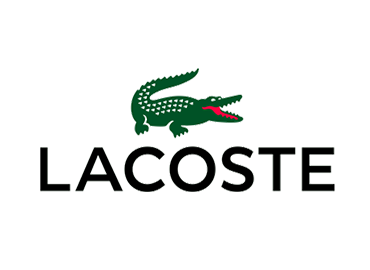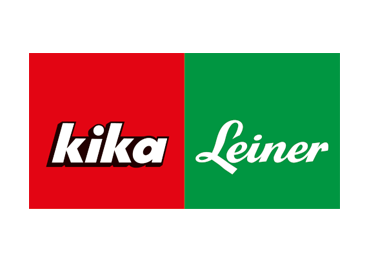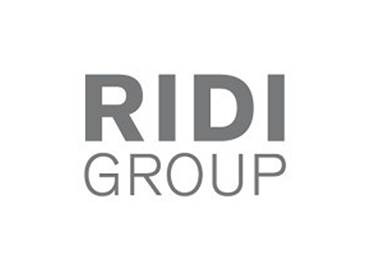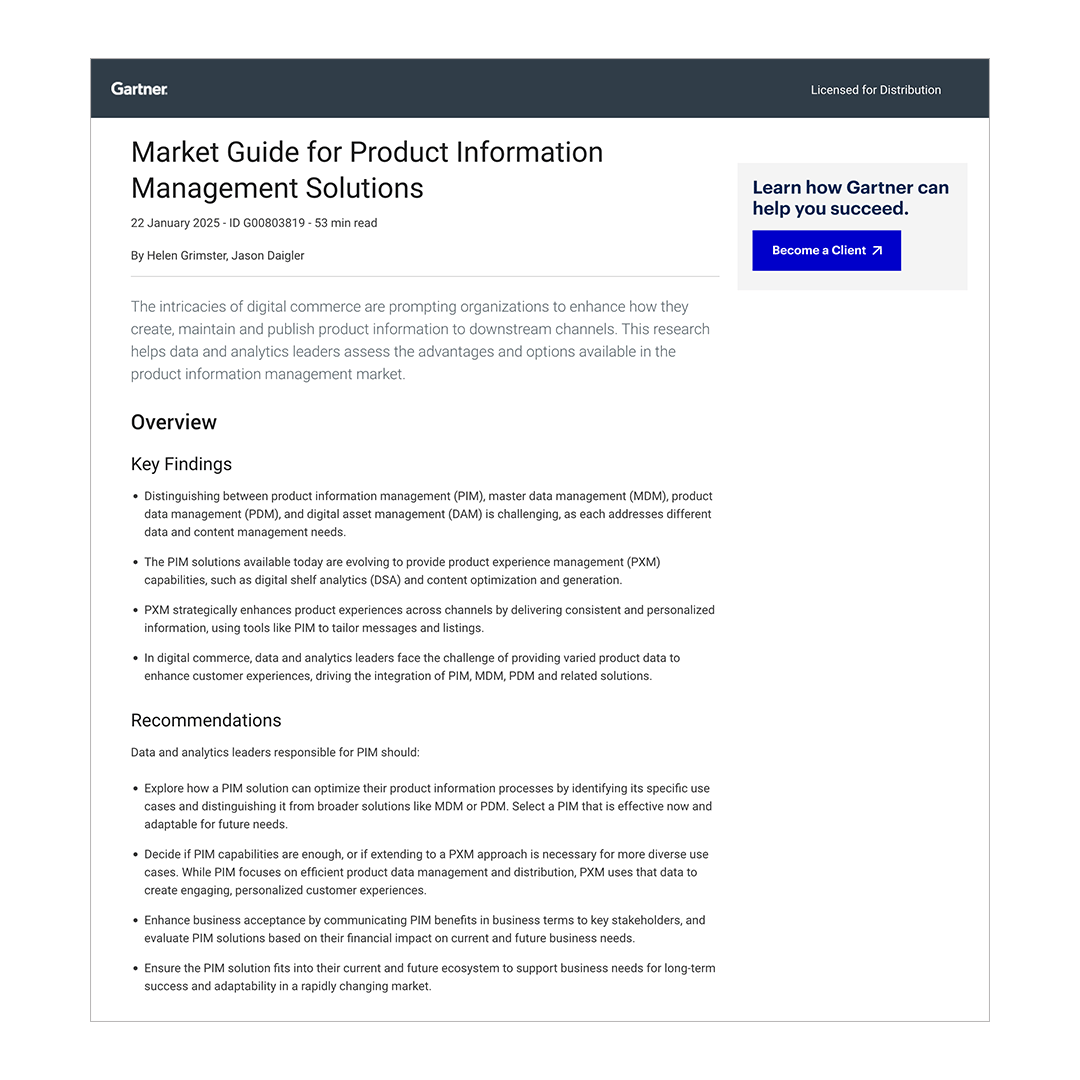- Home
- Product Information Management
Stop struggling with spreadsheets and temporary fixes. Simplify your operations, elevate your data accuracy and value, and watch your sales rise with Contentserv’s all-in-one Product Information Management (PIM) solution.
Cloud-based. AI-driven. Contentserv-made.
Centralize
Import and consolidate all your product data from diverse sources into one powerful hub.
Enrich
Effortlessly refine and convert your data into reliable, compelling product information.
Manage
Automate and optimize tasks like data modelling, classification enrichment, and localization.
Syndicate
Syndicate and publish channel-specific product content across multiple online and offline channels.
often abandon a purchase if they can't get the necessary details fast.
Here you grow.
What is Product Information Management (PIM) software?
PIM software is your go-to tool to easily manage and deliver rich, accurate, complete, and channel-ready product content – anytime, anywhere. An advanced PIM system simplifies workflows, fosters teamwork, and ensures product information across all sales channels.
More wins.
Master your product data hub
No more data headaches — centralize and conquer with PIM. Create a single, accurate, and up-to-date hub, eliminating data silos and ensuring consistency.
Power up your operations
Boost efficiency and speed to market with automated workflows that make work feel like play. Enhance productivity and innovation, ensuring a smoother path to success.
Dominate new sales channels
Seamlessly integrate with ERP and other systems to manage and synchronize product data — expanding your reach and getting products to market faster and on budget.
Deliver product-centric experiences
Craft compelling product content for omnichannel marketing, engaging customers with detailed and accurate product content across multiple sales channels.
Why do you need a PIM system?
Customers crave seamless shopping experiences — and quality data is crucial for meeting those expectations. From ensuring data governance to enriching product experiences across all sales and ecommerce channels, PIM makes managing product information more efficient.
Bring data to life: Contentserv's winning formula
AI-driven optimization
Contentserv uses advanced AI to enhance data accuracy and operational efficiency in product management. From automated data enrichment to predictive analytics, we help you optimize product data effortlessly and create a closed-loop process.
Ecosystem of collaboration and innovation
We cultivate a dynamic ecosystem with over 40 certified global and specialty partners. This network offers diverse expertise and support options, accelerating implementation and customization while providing flexibility.
Scalable cloud-native architecture
Contentserv's scalable, cloud-native platform supports rapid deployment and growth. It offers flexibility to meet evolving business demands without sacrificing performance.
Make product data management easy
Technical data: Effortlessly organize and streamline your product details and technical specifications, including colors, dimensions, and materials.
Emotive storytelling: Infuse emotion into your product with captivating descriptions and brand narratives.
Extensive product experience hub: Curate a holistic product experience with relevant images, videos, and documents.
Data-driven excellence: Close the loop on data-driven product optimization by elevating your product visibility and performance with digital shelf analytics.
What are the benefits of a PIM System?
Profit from choosing Contentserv
Create a single source of truth
Harness AI-powered PIM software to centralize, organize, and synchronize product content across channels, establishing trust and providing a holistic view of your target audience.
Elevate product data precision
Achieve unmatched consistency and accuracy with AI-driven content generation. Maintain up-to-date, error-free product information while optimizing PIM workflows for peak efficiency.
Automate channel-ready product content distribution
Distribute product information and digital assets to various digital commerce channels such as Shopify, Amazon, Magento, and more, ensuring your brand’s presence and accessibility.
Enhance collaboration and workflow efficiency
Enable smooth teamwork and faster product launches, and involve third-party partners or distributors seamlessly, simplifying workflow processes for everyone involved.
Win on the digital shelf
Leverage automated PIM software, equipped with built-in content syndication, seamless integration capabilities, and advanced analytics for a unified PXM strategy.
The right solution for your business or industry
How PIM works
Data collection
Import
Gather product data from various sources, including CSV, Excel, or XML files
Aggregate
Collect data from your ERP, PLM, and other systems
Validate
Define, cleanse, and transform data into high-quality, trustworthy content
Data storage
Centralize
Store all product information in a single, organized database
Classify
Categorize products systematically for easy navigation
Manage
Track versions, manage catalog completeness, and control publication
Data Governance
Oversee
Define user roles and permissions to manage data access
Govern
Implement rules and workflows to ensure data consistency
Compliance
Adhere to regulatory standards and industry guidelines
Data enrichment
Enrich
Refine product descriptions with high-quality data
Enhance
Integrate images, videos, and documents with each product
Localize
Localize and translate data to resonate with each market and region
Data syndication
Manage
Manage catalogs for every sales channel from a centralized PIM tool
Synchronize
Ensure real-time updates across all platforms to maintain consistency
Publish
Syndicate channel-ready product content across multiple channels
Analysis & optimziation
Evaluate
Analyze performance metrics to identify key trends and insights
Refine
Enhance strategies and data quality based on evaluation results
Optimize
Implement improvements to maximize effectiveness and efficiency
Channels, integrations, and more
How Contentserv PIM helps
Always agile
Streamline processes, improve collaboration, and accelerate time-to-market.
Always cost-effective
Optimize resources and enhance profitability through efficient data management.
Always engaging
Boost loyalty and brand reputation with consistent and personalized customer experiences.
Always scalable
Position your business for expansion, agility, and innovation with a scalable PIM solution.
Feedback & recognition from our community
Electrolux Group relies on Contentserv's integrative cloud solution
Contentserv is recognized in the Gartner® Market Guide for PIM
With intelligent enrichment and real-time analytics, we believe we help brands scale product experiences across every channel.
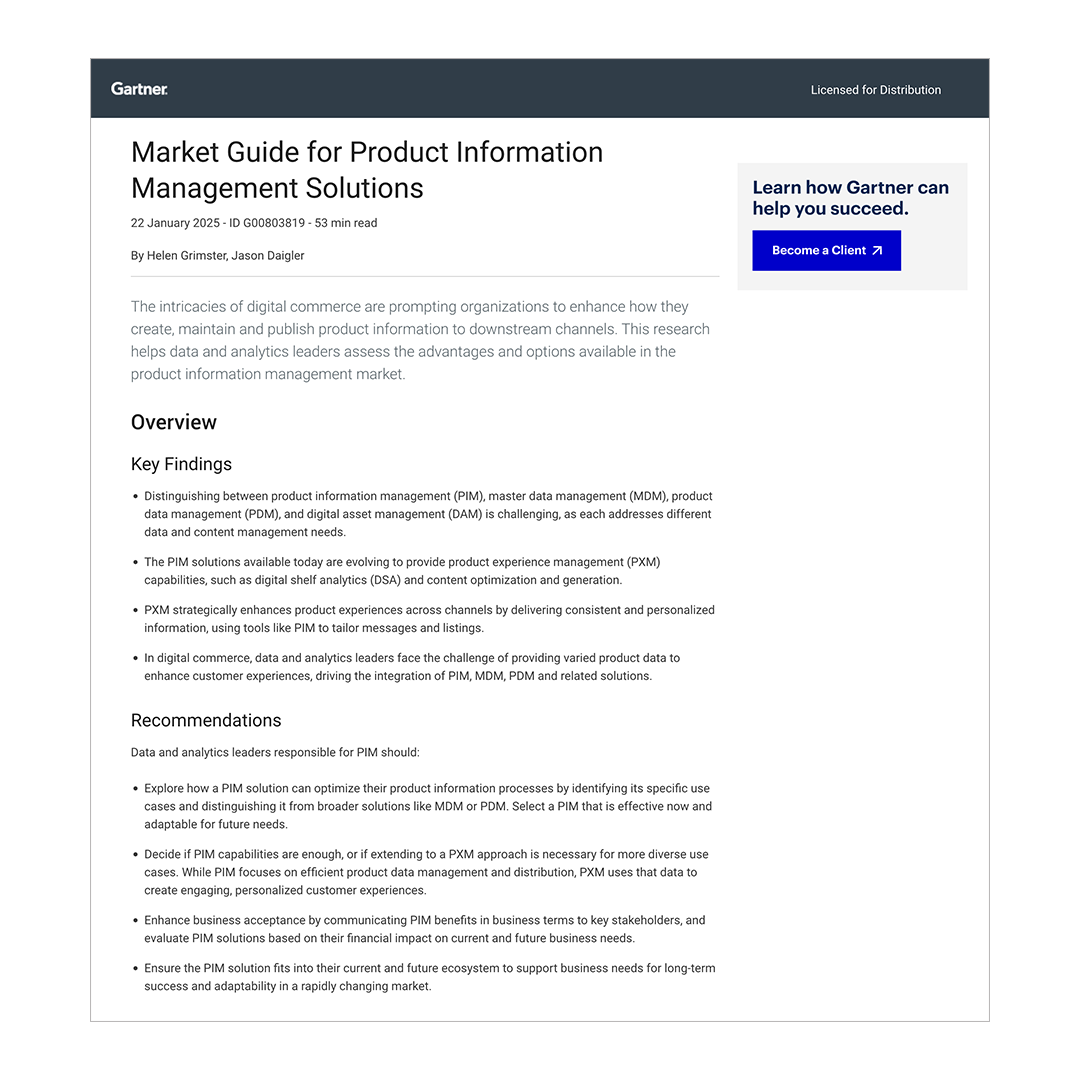
FAQ
What does PIM mean?
PIM stands for Product Information Management. It refers to the process and tools used to manage and refine product information centrally within an organization.
What does a PIM tool do?
PIM centralizes product information, allowing businesses to organize, manage, and enhance data such as product descriptions, specifications, pricing, and multimedia assets. It ensures consistency and accuracy across all sales channels.
Why should I implement PIM software?
Implementing a PIM platform streamlines product information management, leading to improved data accuracy, faster time-to-market, enhanced customer experiences, and increased sales efficiency.
Who uses PIM? What businesses need PIM?
PIM systems are used by businesses of all sizes and across various industries, including retail, e-commerce, manufacturing, distribution, and wholesale. A flexible PIM can benefit any organization dealing with complex product catalogs and multiple sales channels.
Is PIM a database?
Yes, a PIM solution is a specialized database designed to store and manage product information. However, it's more than just a database. It serves as a comprehensive tool for centralizing and standardizing all product data, making it accessible and manageable for various business processes.
What is the difference between PIM and CMS?
While both PIM (Product Information Management) and CMS (Content Management System) deal with managing digital content, they serve different purposes. PIM focuses on organizing and optimizing product-related data, while CMS is more geared toward managing website content, including articles, blogs, and multimedia.
What data can you store in product information management software?
PIM can store various types of product-related data, including product descriptions, attributes, categories, pricing information, images, videos, documents, and translations.
How much does PIM software cost?
The cost of PIM can vary significantly based on factors such as the vendor, features, scalability, and implementation requirements. Some PIM providers offer pricing based on the number of users or SKUs, while others may have a subscription-based model. It's best to request quotes from different vendors to determine the most suitable option for your business.

